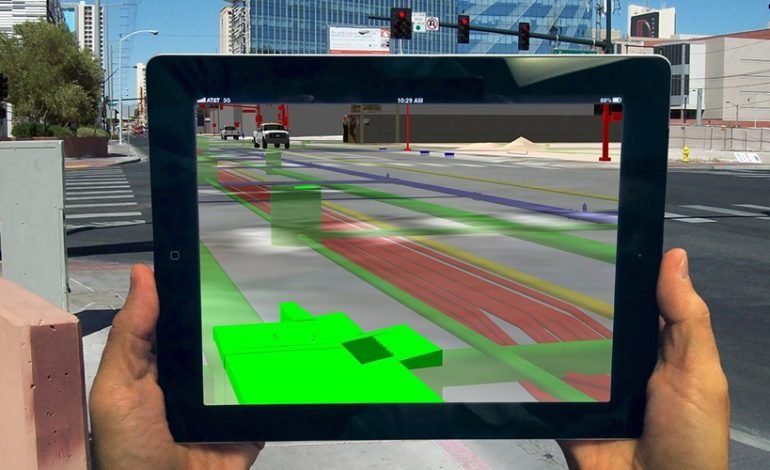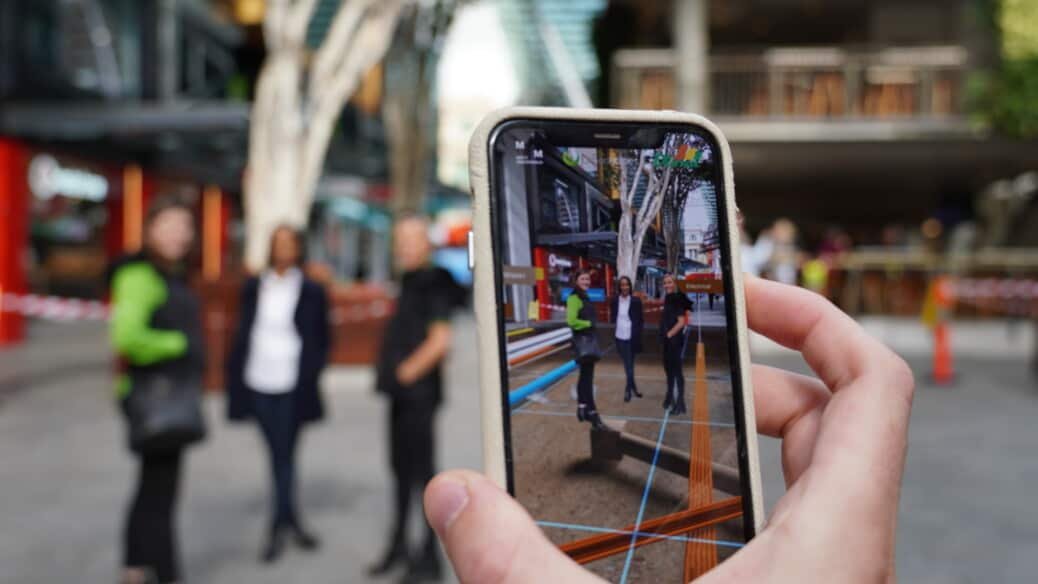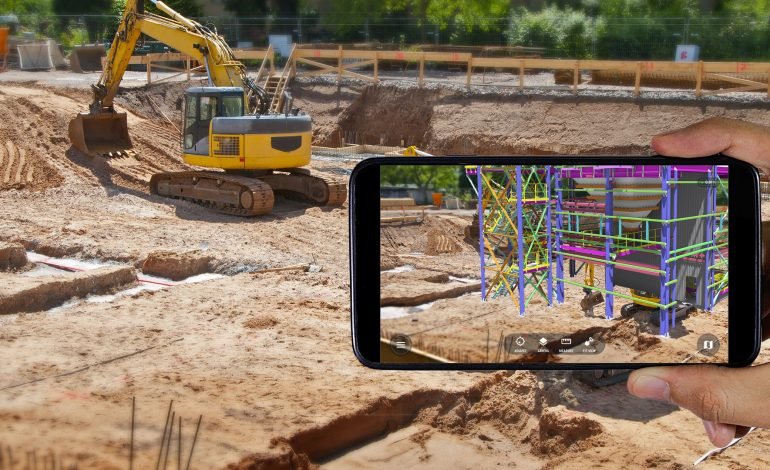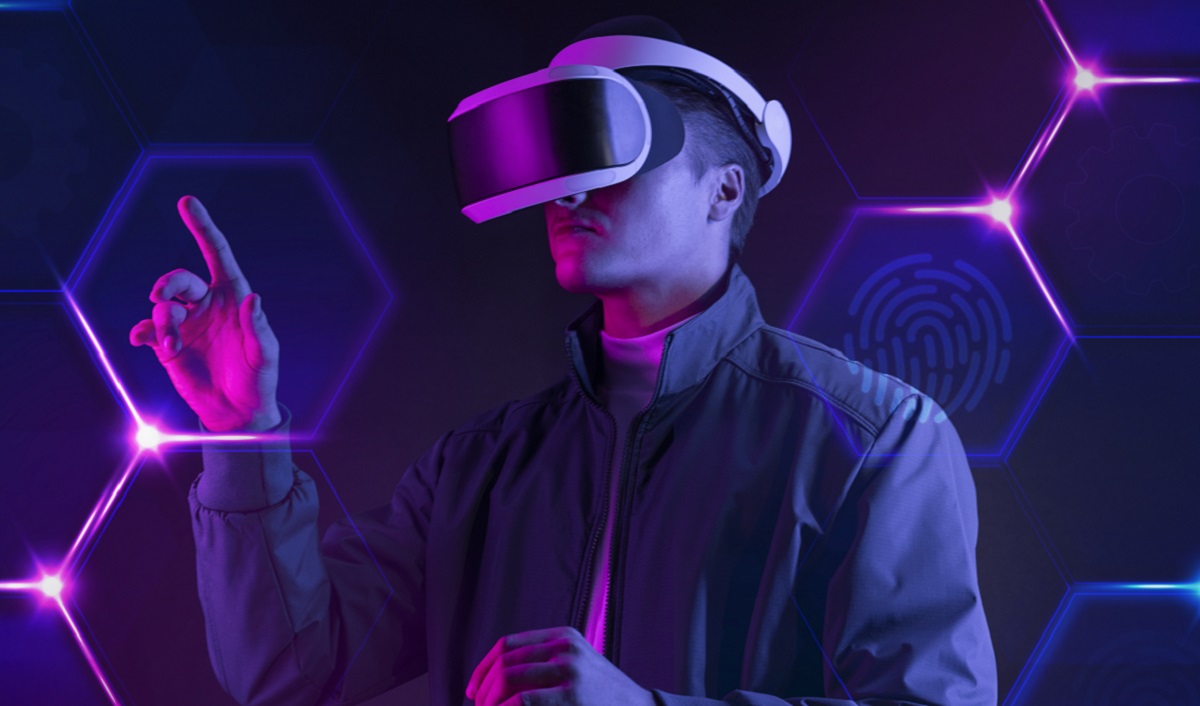Augmented reality infrastructure: How It Works and Its Benefits

Augmented reality infrastructure is a rapidly developing technology that has the potential to revolutionize the way we interact with our environment. This blog post will explain how augmented reality works and the potential benefits it can bring. We will discuss the various components of an infrastructure, including hardware, software, and networks, and how they work together to create immersive and interactive experiences. We will also explore the potential applications of augmented reality, from entertainment to education and beyond. Finally, we will discuss the challenges and opportunities associated with this emerging technology.
What is AR infrastructure?
Augmented reality (AR) infrastructure is a technology that combines computer-generated elements with a real-world environment to create an interactive, immersive experience. It includes software, hardware, networks, and other components needed to build and maintain an AR system. It also requires a combination of physical and digital elements, such as sensors, cameras, 3D models, and more.
The key concept behind AR infrastructure is to overlay digital information on top of the physical world. This allows users to interact with the natural environment in a way that was not previously possible. For example, AR can provide additional data about a particular object in the environment, such as its history or characteristics. It can also allow users to interact with it in a virtual space.
By allowing users to interact with their environment in a new way, AR infrastructure has opened up a world of possibilities for businesses and consumers alike. From entertainment to education, AR has the potential to revolutionize how we interact with our environment.
The difference between AR and VR

Augmented reality (AR) and virtual reality (VR) are two different technologies that have the potential to revolutionize the way we experience the world. Although both of these technologies involve manipulating our perception of the world around us, they have significant differences in terms of their capabilities and applications.
Virtual reality is an immersive experience that places the user into a computer-generated environment. This means that the computer system generates all visuals, sounds, and even haptic feedback to give the user the sensation of being inside another world. VR is best used for entertainment, gaming, or cinematic experiences.
Augmented reality infrastructure, on the other hand, is a technology that overlays digital information onto the natural world environment. It involves using computer vision to detect objects in the real world and then display digital information about them. You can use this for various educational, entertainment, and navigation applications.
The primary difference between AR and VR is that VR is entirely immersive, whereas AR is not. AR uses computer vision to detect objects in the real world and then display information about them in an overlay. This allows users to interact with their physical environment while being aware of the digital information displayed.
The benefits of AR
AR has the potential to revolutionize the way we interact with our environment and can be used to create experiences that are truly immersive and interactive. By using virtual objects to augment our physical environment, AR has the potential to provide users with an unprecedented level of convenience and ease of use.
One of the most apparent benefits of AR is the ability to save time and money. AR enables organizations to quickly add new features and content to existing environments without re-creating or building out new physical locations. It also eliminates the need to create expensive physical mock-ups or scale prototypes.
AR also provides users a richer experience by allowing them to interact with virtual objects in the physical world. This can be useful, from gaming to educational and medical applications.
Finally, AR has the potential to improve safety. Placing virtual elements into the physical environment can help create safer work environments for employees or even prevent accidents in public areas.
In short, AR can offer a wide range of benefits for organizations and individuals alike. Whether saving time and money, creating a more interactive experience, or improving safety, AR is an increasingly important technology that will continue to shape how we interact with the world.
How does AR work?

Augmented reality (AR) is a technology that overlays digital content onto the physical world. The technology combines virtual data with the user’s real-world environment to create an augmented-reality experience.
At its core, AR uses the device’s camera and other sensors, such as GPS, accelerometer, gyroscope, and more, to detect objects and track movement. This information is used to create digital content projected onto the user’s real-world view.
One of the main components of AR is computer vision. This uses AI algorithms to detect objects and their movements in the environment. With computer vision, users can realistically interact with virtual objects without using a controller or joystick. Computer vision can also be used for navigation, allowing users to move through virtual worlds more naturally.
AR also utilizes 3D mapping technology, enabling digital content to be accurately positioned in the physical world. 3D mapping involves scanning the physical environment to create a 3D model of the area, which can be used to place virtual objects in the physical world accurately.
Finally, AR utilizes cloud technology to access and store large amounts of data that would otherwise be too large for a single device to handle. Cloud computing allows for faster and more efficient data processing, providing a more immersive and realistic augmented reality experience.
In summary, Augmented reality infrastructure combines computer vision, 3D mapping, and cloud computing technologies to create an interactive virtual world overlaid with the physical world. This combination of technologies allows users to interact with virtual objects more naturally and realistically, creating a truly immersive augmented reality experience.
Conclusion
Augmented reality infrastructure has been gaining traction in the past few years and is a valuable tool for businesses and consumers. Combining the physical world with digital content allows for immersive experiences that were previously unimaginable. The benefits of AR include increased efficiency, enhanced customer experience, improved safety, and cost savings. Additionally, we can use it to create more engaging and interactive content that encourages collaboration and engagement. With the right technology and infrastructure, we can leverage AR to improve operations and enhance the customer experience.





